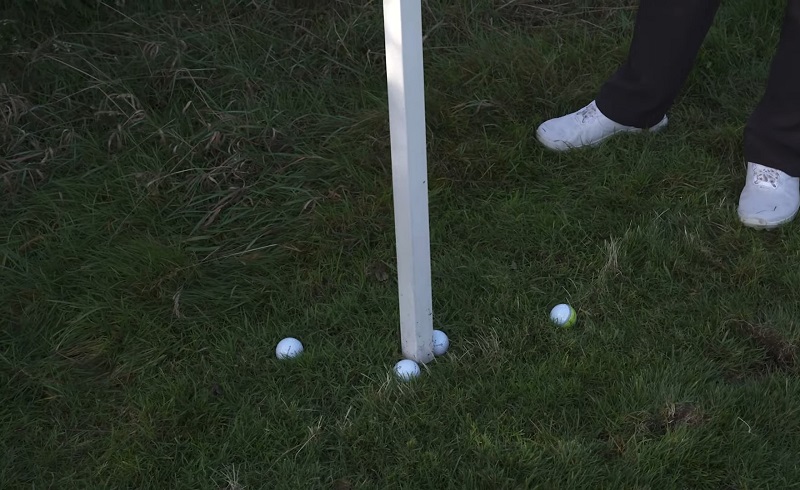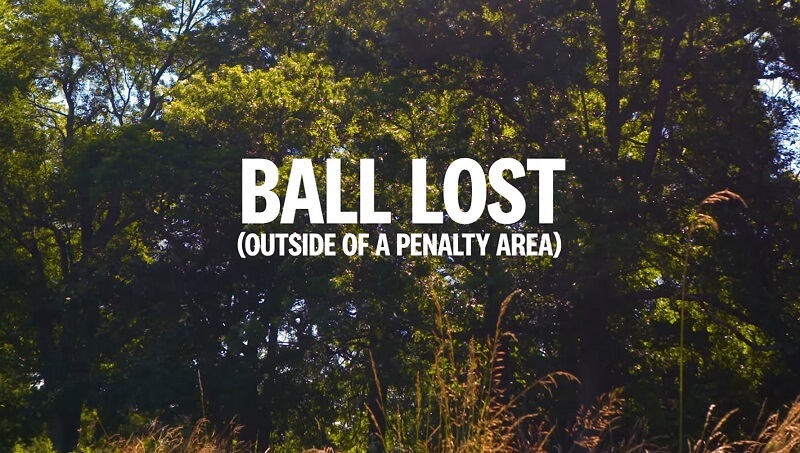Golf is a beloved sport that requires precision, patience, and skill. However, one aspect that many golfers tend to overlook is the importance of out-of-bounds rules.
Whether you are a beginner or an experienced golfer, it is crucial to be aware of the implications of hitting a ball out of bounds and the penalties that come with it. In this guide, we will delve into the essential out-of-bounds rules and provide tips on handling different scenarios on the golf course. With this knowledge at your fingertips, you can confidently enjoy the game and avoid any unnecessary penalties.
What Are Out Of Bounds?
Out of bounds in golf refers to areas outside the designated playing boundaries of the golf course. These areas are typically marked by white stakes, lines, or fences. The purpose of out-of-bounds is to protect other players, spectators, and the surrounding environment from errant golf shots.
Rule 18.2: Ball Out of Bounds
Rule 18.2 establishes the protocol to follow when dealing with a ball that has landed out of bounds. According to this rule, when a golfer’s ball is determined to be out of bounds, the player is required to take stroke-and-distance relief. This entails adding a penalty stroke to the player’s score and then replaying the shot from the same location as the previous stroke.
In essence, the golfer must go back to their original position and attempt the shot once more, effectively disregarding the out-of-bounds shot as if it had not occurred. This procedure ensures that the proper penalty is applied and helps maintain the integrity of the game.
Identifying Out of Bounds Areas

Golf courses use various methods to indicate out-of-bounds areas:
- White stakes: These are often placed at regular intervals along the boundary line.
- White lines: These painted lines on the ground are used to supplement or replace white stakes.
- Fences or walls: When there’s a fence or a wall, it usually denotes the out-of-bounds line.
Remember that stakes or lines should always be treated as fixed, even if they are movable.
Provisional Ball: A Smart Move to Save Time
The use of a provisional ball is a wise tactic for golfers who suspect their original ball may be out of bounds. This approach helps conserve time and eliminates the need to retrace one’s steps on the course. To play a provisional ball, the golfer must first declare their intention to do so before proceeding to search for the initial ball. Following the announcement, the provisional ball is played from the same location as the original shot.
If the original ball is discovered to be out of bounds, the provisional ball takes its place in the game, and the golfer incurs a penalty stroke. However, if the original ball remains within bounds, the provisional ball is disregarded, and the golfer continues their round without incurring a penalty.
Local Rules and Out of Bounds
Local rules pertain to individual golf courses and can either modify or augment the standard out-of-bounds regulations. These rules are typically available on the course’s scorecard or displayed on a notice board at the golf facility. It is crucial to familiarize oneself with any local rules prior to commencing a round of golf, as they can directly affect how out-of-bounds situations are handled.
By acquiring a thorough understanding of local rules and effectively utilizing the provisional ball, you can save time on the course and adhere to proper out-of-bounds procedures, ultimately enhancing your overall golfing experience.
Common Out-of-Bounds Scenarios and How to Handle Them

Outlined below are some frequent out-of-bounds scenarios encountered on the golf course and the appropriate methods for addressing them in accordance with the rules:
- Ball found out of bounds after playing a provisional ball: If the original ball is found out of bounds after playing a provisional ball, the provisional ball becomes the ball in play, and the player incurs a one-stroke penalty.
- Ball found in bounds after playing a provisional ball: If the original ball is found in bounds after playing a provisional ball, the player must continue playing with the original ball without penalty, and the provisional ball is abandoned.
- Ball lost and out of bounds: If the player’s ball is lost and out of bounds, they must proceed under Rule 18.2 by taking stroke-and-distance relief.
Tips for Avoiding Out-of-Bounds Shots
To minimize the risk of hitting your ball out of bounds, consider implementing the following strategies:
- Thoughtful club selection: Opt for a club that offers greater control, even if it results in a shorter shot. By prioritizing accuracy, you can ensure your ball remains in play and avoids out-of-bounds zones.
- Astute course management: Carefully assess the course’s layout and pinpoint potential out-of-bounds areas. Tailor your shots accordingly by aiming for safer targets or opting for a suitable club to circumvent hazards.
- Consistent practice: Engaging in regular practice sessions will enhance your overall swing mechanics, resulting in more accurate shots and a decreased likelihood of hitting out of bounds.
- Maintaining mental focus: Concentrate on your shot and mentally visualize its trajectory before taking a swing. By sustaining a composed and focused mindset, you can execute more precise shots and avert costly errors.
Out of Bounds Golf Rules: A Key Element for Success
In conclusion, understanding and following out-of-bounds golf rules is crucial to success on the golf course. By familiarizing yourself with the standard rules and any local rules, you can avoid unnecessary penalties and improve your overall performance. Additionally, implementing strategies to minimize out-of-bounds shots will help you navigate the course more effectively and lower your scores.
Remember, golf is a game of skill, strategy, and respect for the rules. By mastering the out-of-bounds golf rules, you can enhance your golf experience and enjoy the game to its fullest.
FAQs
What Happens If My Ball Lands In An Out Of Bounds Area?
If your ball lands out of bounds, you must take a stroke and distance penalty, playing your next shot from the spot where you played the original ball.
How Are Out Of Bounds Areas Marked?
Out-of-bounds areas are typically marked by white stakes, fences, walls, or other boundaries defined by the golf course.
Can I Play A Provisional Ball If I Think My Ball Is Out Of Bounds?
You can play a provisional ball if you suspect your original ball may be lost or out of bounds. You must announce your intention to play a provisional ball before doing so.
What Is The Penalty For Playing A Ball From Out Of Bounds?
If you play a ball from out of bounds, you must take a stroke and distance penalty, which means returning to the spot where you played your last shot and adding one penalty stroke to your score.
Do Local Rules Apply To Out Of Bounds Situations?
Local rules can apply to out-of-bounds situations. It’s important to check the local rules before starting your round to ensure you’re aware of any specific regulations.


